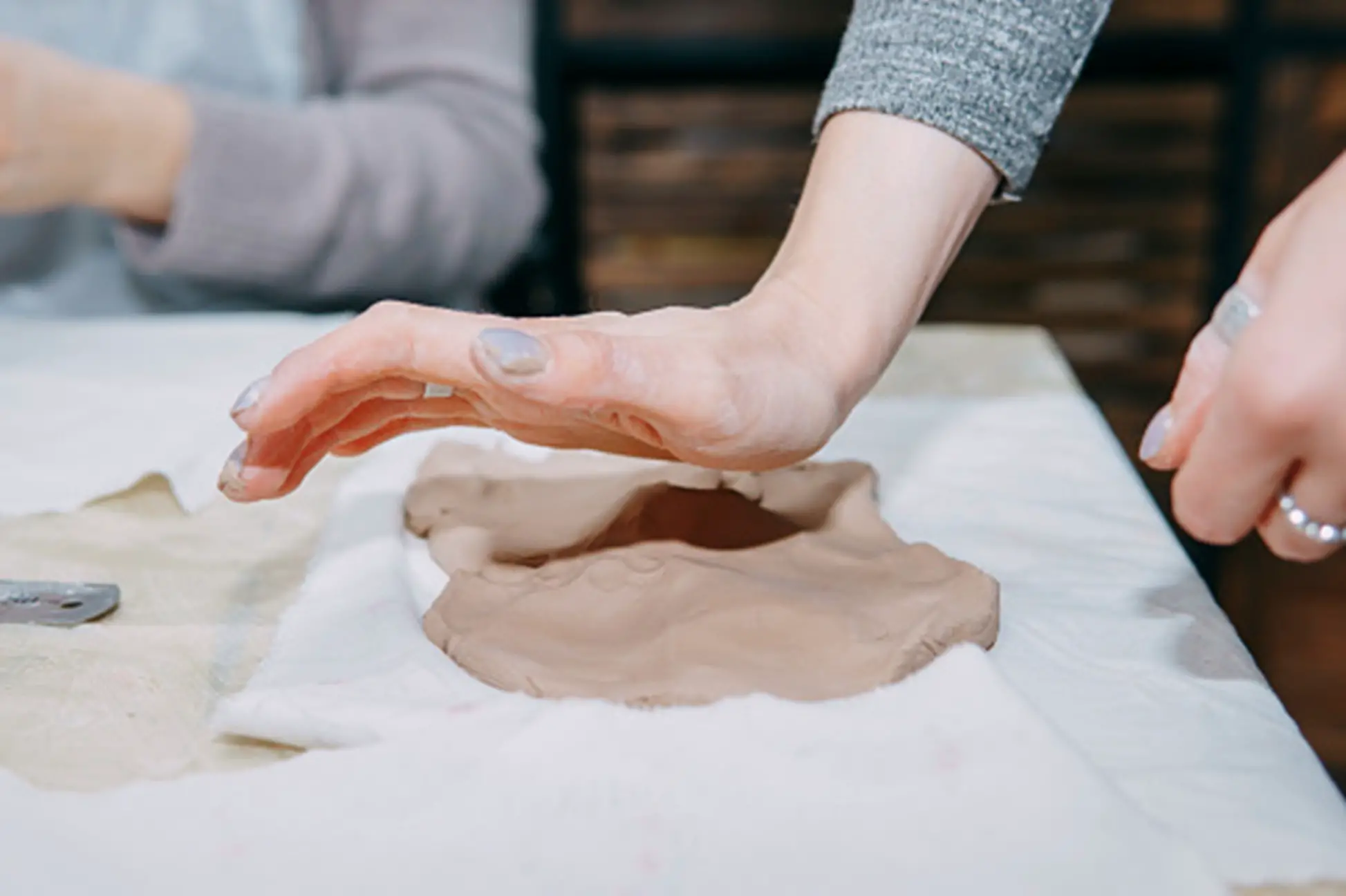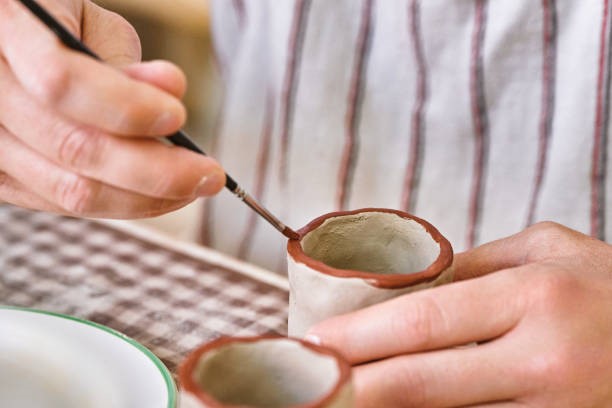Air-dry clay is a fantastic and adaptable craft material for adults and children. It’s simple to mold, easy to customize, and, as the name implies, it dries by air, so there’s no need for a kiln or oven to cure it; ideal for making ceramics at home! However, it is also less durable than typical ceramic or clay works of art fired in a kiln to glaze and cure them. Because air-drying clay is quite brittle, you should make your clay creation stronger to ensure that it can withstand repeated use if you want it to last. So, in this article, we’ll discuss the best methods for making clay crafts robust and long-lasting. However, before getting into it, let’s learn the benefits of air dry clay.
Benefits Of Using Air Dry Clay
Here are the benefits of utilizing air-dry clay.
Benefits Of Air-Dry Clay |
How Does It Help? |
Portable And Simple To Use |
Because it is denser than clay made from resin, air-dry clay is portable and straightforward to use. As a result, it is lightweight and pliable, making it perfect for artists and crafters who wish to create paintings or sculptures without the weight of wet clay. In addition to being manageable to work with, air-dry clay needs less handling than resin-based air-drying clays. |
Secure And Non-Toxic To Use |
Due to its safety, non-toxicity, and lack of allergens, air-dry clay is a fantastic material option for projects with children. Like acrylic and tempera paints, it is effortless to apply. |
Easy To Shape And Mold |
The benefit of air-dry clay’s moldability is that it enables the fabrication of a wide range of objects. This clay can be sculpted and molded into any required size or shape. It makes it simple to add intricacy and complicated designs to pottery pieces that would otherwise be challenging to construct with conventional clay materials. |
Waterproof And Simple To Seal |
Due to its simple application and long-lasting results, air-dry clay makes an excellent sealant for outdoor applications. Air-dry clay doesn’t oxidize over time like craft glues or epoxy resins. To prevent water damage, the air-dry clay must be thoroughly sealed with a decoupage or aerosol process and sealed with an epoxy resin sealer, mod podge, varnish, or resin. |
How To Make Air Dry Clay More Durable?
Here are the tips to make air dry clay more durable:
Mix In Some PVA Glue
The PVA glue comes in handy when sculpting delicate objects because you sometimes want the clay to be firmer on its own. You must implement this technique to bolster delicate areas of the pottery piece. When PVA glue dries, it firmly holds the pot. You can knead the clay while mixing in some PVA glue. Alternatively, you can combine glue and water and utilize that in place of clear water for creating sculptures. This tactic gives the clay a highly sturdy and solid texture. Sanding will be more difficult, but it’s perfect for most areas. However, ensure to opt for a high-quality PVA glue. For instance, Elmer’s Multi-Purpose Glue is a great choice. It can be applied to various surfaces.
Apply Primer To It
The air-dry clay is still prone to scratches and dents even after it has dried. Add several coats of primer to reinforce its surface. It does a fantastic job of creating a smooth and durable appearance. Unfortunately, most high-quality primers are grey, making it challenging to paint the surface subsequently. So, if you want to develop molds subsequently, prime the components first. Clay that has been allowed to dry in the open changes, becoming smooth and firm.
Use Spray Paint For The First Layer
Spray paint creates a similarly smooth and long-lasting layer to the primer. White spray paint can be applied over the grey primer simply. The clay’s surface will be strengthened by these paint and priming coats.
Solid Forms Improve Toughness
Clay crafts with solid shapes, such as cubes, cylinders, squares, rectangles, ovals, and circles, are less prone to break. Items made of clay with flimsy, thin, or projecting elements are likelier to break. However, you can counterbalance that by adding an armature and making the crafts thicker.
Apply Armatures
Strengthening air-dry clay sculptures with internal armatures is ideal. Another benefit of using armatures is that you will require less clay to create your item, and it will dry faster.
Add Minimal Water
When handled often, air modeling clay dries up rather rapidly. The clay grows dryer as you work with it and shape it more during modeling. Naturally, the moisture evaporates, but your hands absorb some of it. If you want the most remarkable results, you should wet your hands but use less water to soften the clay.
Minimize Cracks
Clay that is air-dried shrinks when the water on the project evaporates. Therefore, the craft may develop minor to medium cracks. Although irritating, they are common. However, if your clay craft has many fractures, it becomes weaker and more likely to break.
How Long Does It Take For Air-Dry Clay To Fully Harden?
A thoroughly dried piece of air-dry clay is considerably more enduring than one without enough drying time. Thus, the amount of time it takes to harden completely is significant. Ventilation, humidity, and room temperature affect how long the clay takes to set completely. Bigger pieces may require to be turned frequently to harden appropriately, although thin clays (about 3mm) typically dry faster if put in direct sunlight or next to open windows. It will be enduring and survive longer if the air-dry clay is given time to cure before use.
Conclusion
So, these are the tips to make air-dry clay more durable. Working with air dry clay is so simple and enjoyable. With clay, you can create countless incredible creations! Using these simple tricks and ideas will strengthen them effectively. Your air dry clay craft will be more robust if you use the best clay type, select firm shapes, mold and dry it properly, add armatures, and complete the project with a sealer. Unused air dry clay should endure for a long time if properly preserved.









